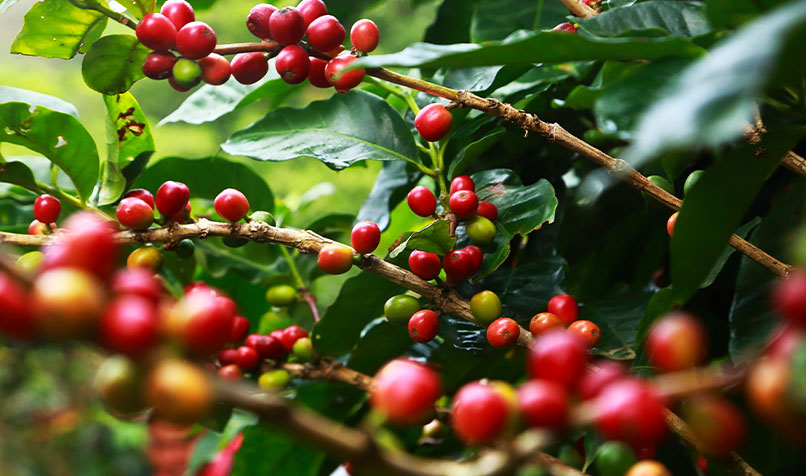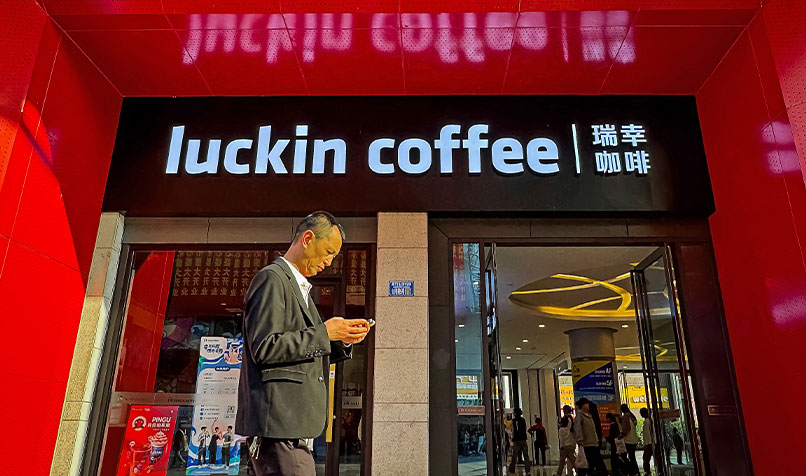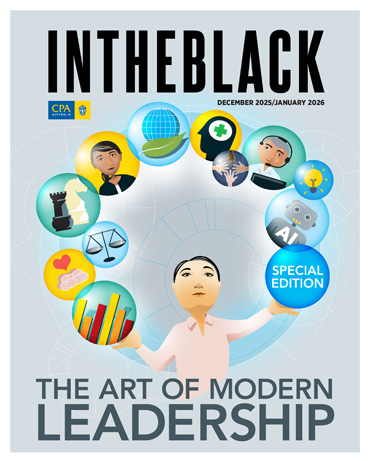Loading component...
At a glance
- The global coffee market is experiencing record-high prices in 2025.
- Consumers can expect an increase in their coffee prices over the next 12 months.
- New coffee majors, such as China’s Luckin Coffee, are creating greater demand challenges.
In 2025, coffee-bean importers were expecting a bumper crop from Brazil, where more than one-third of the global supply of coffee beans is grown annually. Demand for coffee beans had already begun to outstrip supply, with major players and new consumption territories adding to the challenge. A Brazilian batch would help with increasing demand.
Instead, at the end of 2024, a drought period took hold in Brazil, causing a substantial fall in production. Major producer Vietnam had just suffered similar drought challenges.
And the coffee supply chain in Ethiopia, another top-five growing country, faced massive risk as it shipped through the Gulf of Aden, a waterway plagued by Somalian piracy and attacks by the Yemeni Houthis.
And so, a perfect storm brewed, its intensity in Australia boosted by the fact that coffee tastes have moved towards double shots instead of single espressos.
The bean's journey
How do coffee economics work? What does the coffee supply chain look like? Stephen Bannister CPA, general manager at green coffee importer Cofi-Com Trading, part of leading global green coffee merchant Volcafe, says the coffee supply chain begins on a tree.
“Coffee is grown in significant quantities in more than 25 countries around the world,” Bannister says. “The tree goes through a harvest cycle period of around eight months.”
The fruit of the tree is a coffee cherry, but it’s not the flesh of the cherry that baristas are interested in. Instead, it’s the pit or seed — the bean.
“The cherry is picked and processed through a wet mill and a dry mill to finally get the green bean, which is the raw material that is exported around the world,” she says. “At Cofi-Com Trading, we import those beans into Australia for the coffee roasters.”
"If you look at coffee prices over the decades, you’ll see the graph curving up and back down every 10 to 12 years. But this time, we’re not going to see that sort of price recovery. The market can’t even get the price of inferior coffee back down, so that pushes everything up."
Angelo Augello, CEO of Bean Alliance and chairperson of the Australian Coffee Traders Association, is one of those roasters. His business roasts and blends the raw beans and then seals them as whole beans or as pre-ground coffee, before they go to market.
Bean Alliance clients include supermarket chains, cafes, restaurants and other food service establishments such as petrol stations and franchised specialty outlets.
“If you look at coffee prices over the decades, you’ll see the graph curving up and back down every 10 to 12 years,” Augello says. “But this time, we’re not going to see that sort of price recovery. The market can’t even get the price of inferior coffee back down, so that pushes everything up.”
No matter the price, importers have to deliver to roasters, and roasters have to deliver to retailers and cafes, who then have to deliver to consumers. Those price hikes must be passed on. Ultimately, the consumer pays.
"Backwardation"

When coffee economics is broken down into demographic segments, Augello says, the effects of increasing the cost of a cup of coffee can be seen.
“Whether a cup of coffee is four, six or eight dollars, we know this impacts people’s weekly budgets,” he says.
The price of coffee throughout the market, Bannister says, is highly challenging right now. It has doubled in the last 12 months alone.
“We’re in a situation no one has experienced before,” Bannister says.
“From a technical trading and coffee supply chain perspective, we have had five years of supply deficit. That has led us to where we are today.”
"Coffee grounds can either go into supporting strong climate action and mitigation in the community, or can have quite a detrimental environmental impact."
In a market inversion known as “backwardation”, prices of coffee on the Coffee C futures market — the global benchmark for Arabica prices — are lower than current spot prices. This signals immediate supply shortages, a report by Coffee Intelligence explains.
Coffee majors such as Nestlé, Starbucks and JDE Peet’s, which owns Moccona, have affected supply for decades, Augello says. They will sometimes enter a coffee-producing region and buy all the available stock.
But since 2017, there’s a new player from China, Luckin Coffee, which has more than 20,000 stores.
In November 2024, Luckin Coffee signed a 10 billion yuan coffee bean purchase memorandum with ApexBrasil, the Brazilian trade and investment promotion agency.
With tastes in China and other Asian territories, including Vietnam and Thailand, moving towards coffee, supply chain pressure can only increase.
Inside global chocolate's ESG initiatives
Coffee as a loss leader
Australian consumers can likely expect price rises of A20 cents to A50 cents per cup over the next six to 12 months, according to Augello. However, the coffee landscape reveals diverse pricing strategies among different market sectors.
“We have observed retailers introduce budget coffee options,” Augello notes.
“When they implemented this strategy, they saw a significant increase in sales of complementary items.
“There are also sectors in the convenience market providing affordable coffee options, typically around A$1 or A$2,” he adds.
Often, these establishments bundle their coffee offerings with other popular products to add value.
Interestingly, some major grocery retailers have been known to offer competitive prices on coffee. Reports indicate that certain supermarket chains have sold a kilogram of beans for as low as A$14.
“Are these retailers employing a loss-leading strategy to attract more customers into their stores?” Augello asks.
“For instance, if I’m sourcing green coffee beans at, say A$13, and after roasting they experience a natural weight loss of 20 per cent, the per-kilogram value moves to roughly A$15.85. This calculation doesn’t even account for packaging, labour or transportation.”
In this evolving landscape, consumers continue to enjoy a variety of price points, which ensures that quality coffee remains within reach.
Seek Sustainability

Dramatically increasing demand calls into question the sustainability of the coffee sector, in terms of people, price, environment.
Organisations such as Fairtrade International design and implement standards that require companies to be independently audited and certified, which helps to ensure better prices and conditions for farmers.
Nestlé, which sources coffee from a supply chain spanning 20 countries, is supporting a more inclusive and sustainable future from farm to cup through its Nescafé Plan 2030.
SME businesses and suppliers such as Cofi-Com and Bean Alliance also report on various sustainability strategies. In Australia, organisations such as Reground help to reduce the carbon footprint the society’s caffeine habit.
“Wherever there’s a coffee machine, there should be a Reground bin,” says Reground founder and director Ninna Larsen.
In Melbourne and Geelong, and coming soon to Sydney, Reground collects coffee grounds and delivers them to community gardeners, micro-farmers, Melbourne Zoo, and even to RMIT University, where researchers developed a technique to make concrete 30 per cent stronger with coffee grounds.
“Coffee grounds can either go into supporting strong climate action and mitigation in the community, or can have quite a detrimental environmental impact.”
“In landfill, coffee grounds break down and emit methane gas, which is 40 times more potent in terms of climate change than what comes out of cars,” Larsen says.
Through the diversion of over two million kilograms of grounds from landfill, Larsen’s team has prevented over four million kilograms of carbon emissions, a Reground report says.
“For roasters, 26 per cent to 33 per cent of their total Scope 3 emissions come from the disposal of coffee grounds,” she says. “It is a very simple solution and it has a major positive effect.”
Aussie coffee takeaways
Just how much do Aussies love their coffee? Research from McCrindle and JURA Australia provides some delicious insight.
- 27% report they cannot survive the day without coffee
- 84% spend money on coffee in an average week
- 75% enjoy at least one cup of coffee per day
- 28% have three or more cups per day

